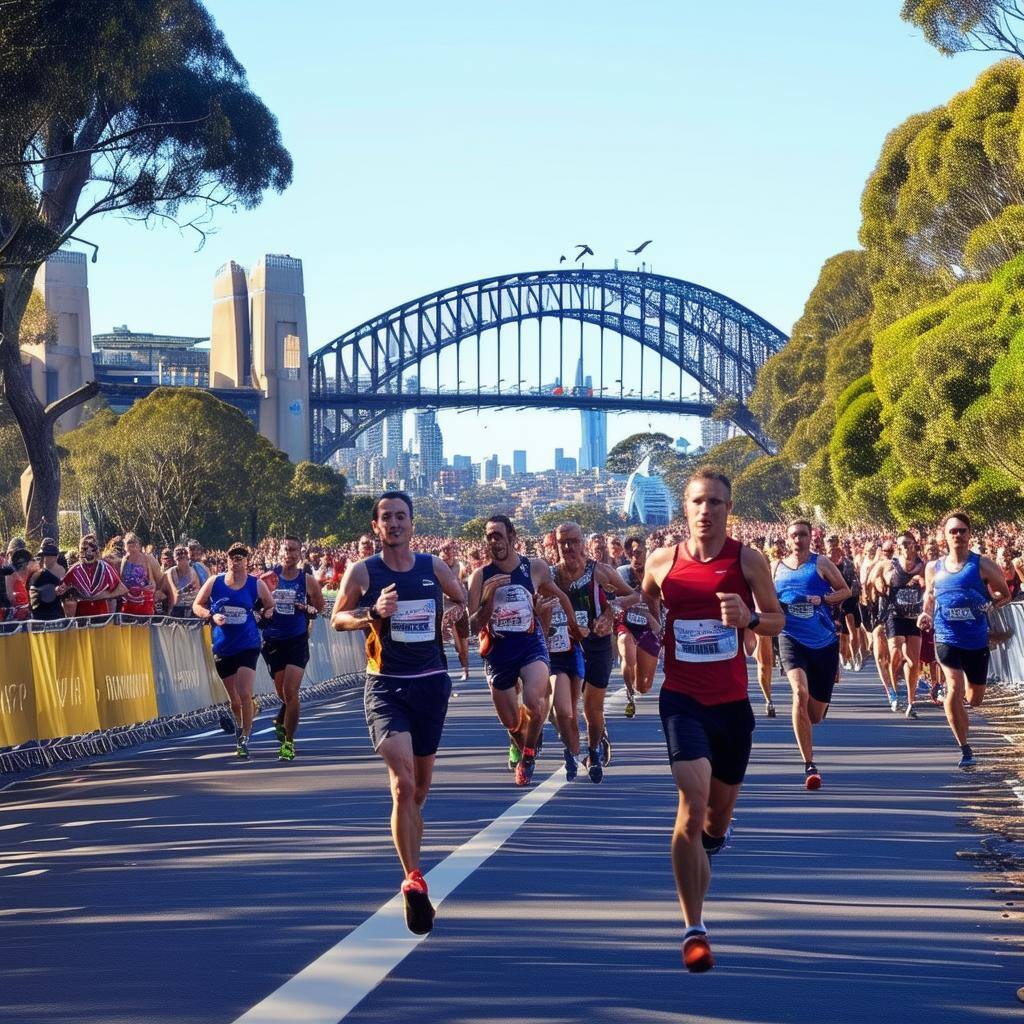The Missing Piece in ACL Rehab That Nobody's Talking About
Let’s paint an all-too-common picture that describes a typical journey through ACL rehab. First you experience injury, get imaging, see the surgeon, and a majority of the time will undergo ACL reconstructive surgery. From this point, you begin post-op physical therapy where it is likely that insurance predominates and dictates the number and frequency of visits. What we often hear from patients and what often ends up happening is that you reach a point where walking, maybe even jogging in a straight line, is achieved and you end up “graduating” from physical therapy. You get a resistance band and a document with some exercises that tell you to continue doing squats, do some jumping, do some running. Finally you follow up with the surgeon, who checks you on the table and tells you that you’re good to go. What’s next?
Here are some numbers to consider in regards to ACL injury and rehab:
- There is a 23% retear rate in athletes less than 25 years old. 1
- 30% of athletes suffer a second ACL injury within 2 years of return to sport. 2
What happens when you’re an athlete and your goal after surgery is to return to a sport or activity that involves sprinting or requires you to stop on a dime and make a quick change of direction? Is the first time you try these motions after surgery going to be back on the field/court in live practice or a game? Too commonly, these holes in care exist where rehab falls short of preparing the athlete for the demands of their sport, and sets the stage for re-injury. At Lakás PT, we not only want to fill in these holes in the road for our athletes but our goal is to guide you along the road in a way that makes sense for your body.

Typical ACL rehab protocols are based on timelines that for example say you should be running by 3 months. However, these timelines lack in considering the different variables between people and their bodies. We understand that so many factors affect ACL rehab - what if you also had meniscus repair and had crutches and a brace for the first 6 weeks, or you have a history of ankle sprains on the same leg - that time alone can’t be the only factor saying you’re ready to return to __ activity. We believe in healthy deadlines and setting expectations in the process so you have an idea of the road map ahead leading to your destination. We also believe that criteria or certain milestones should guide the decision-making that will drive you to your destination and allow you to thrive there free from injury.
At Lakás PT, we help athletes throughout the ACL rehab continuum from pre-op to late stage (7+ months) to those dealing with effects years after surgery. Clinical tools such as in-line dynamometry to assess strength deficits, force plate testing that measures power production, and various objective measurements help us make informed decisions and following criteria along this process will allow us to guide you back to performance. Think we’re the right fit to work together, or do you have questions about our process? Book a discovery call by clicking below!
Best,
Dr. Jasmine
- 1. Wiggins AJ, Grandhi RK, Schneider DK, Stanfield D, Webster KE, Myer GD. Risk of Secondary Injury in Younger Athletes After Anterior Cruciate Ligament Reconstruction: A Systematic Review and Meta-analysis. Am J Sports Med. 2016 Jul;44(7):1861-76. doi: 10.1177/0363546515621554. Epub 2016 Jan 15. PMID: 26772611; PMCID: PMC5501245.
2. Paterno MV, Rauh MJ, Schmitt LC, Ford KR, Hewett TE. Incidence of Second ACL Injuries 2 Years After Primary ACL Reconstruction and Return to Sport. Am J Sports Med. 2014 Jul;42(7):1567-73. doi: 10.1177/0363546514530088. Epub 2014 Apr 21. PMID: 24753238; PMCID: PMC4205204.


